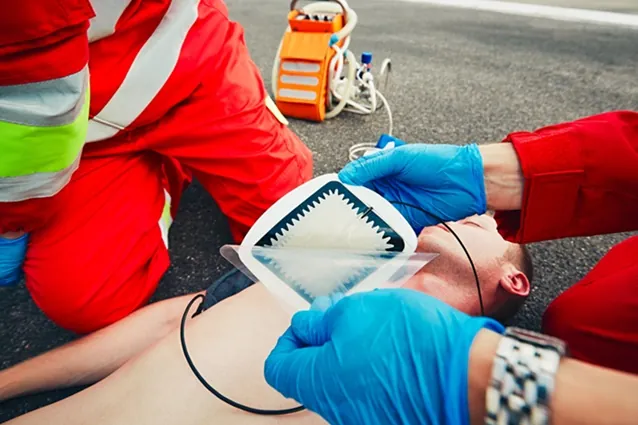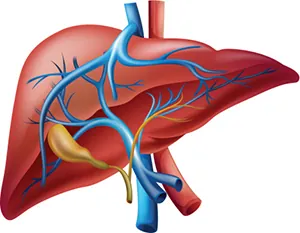
Revolutionary Defibrillation Technique Set to Transform Cardiac Arrest Survival Rates!
2024-09-23
Author: Mei
Groundbreaking Revelation in Defibrillation Techniques
In a groundbreaking revelation, researchers have discovered that a new defibrillation approach could significantly enhance survival rates in cases of out-of-hospital cardiac arrest (OHCA). With OHCA being one of the leading causes of death globally, this dramatic improvement in treatment could save countless lives.
Understanding OHCA and Defibrillation
Ventricular fibrillation (VF) and pulseless ventricular tachycardia (pVT) are the primary shockable rhythms seen in OHCA, and prompt defibrillation is crucial for restoring heart function. Traditional guidelines suggest placing defibrillator pads in either the anterior-posterior (AP) or anterior-lateral (AL) positions; however, a significant number of patients fail to respond during initial defibrillation attempts.
Key Findings from the Study
A recent observational study, featured in the prestigious journal *JAMA Network Open*, is shedding light on the importance of defibrillator pad positioning. Conducted by a team from the Oregon Health & Science University, the study analyzed data from the Portland Cardiac Arrest Epidemiologic Registry, focusing on 255 cases treated between July 2019 and June 2023 by Tualatin Valley Fire & Rescue.
Impact of Pad Positioning on Survival Rates
Key findings showed that using the front-and-back (AP) pad placement dramatically increased the chances of restoring spontaneous circulation to 2.64 times greater than the side-and-front (AL) position. This suggests that the AP configuration may allow for a more comprehensive electrical current flow through the heart—essentially 'sandwiching' the heart for optimal defibrillation.
Expert Insights on Energy Transfer
Dr. Mohamud Daya, the senior author and a professor of emergency medicine, highlighted the significance of achieving effective energy transfer between the pads: “The key is, you want energy that goes from one pad to the other through the heart.” These findings challenge the long-held belief among healthcare professionals that both pad placements are equally viable in emergency situations.
Considerations and Challenges
However, it’s important to note that the study is observational and does not yet constitute a definitive clinical trial. There are practical considerations, as certain patients, particularly those who are overweight or in awkward positions, may complicate the feasibility of the AP pad configuration. Team members reiterated the critical nature of other interventions that accompany effective defibrillation, emphasizing that pad positioning is but a part of a multi-faceted approach to treating cardiac arrest.
Future Implications of the Research
The implications of this research are profound, pointing towards a potential paradigm shift in emergency response protocols. As studies continue to validate these findings, the focus on optimizing defibrillation strategies could lead to a future where survival from cardiac arrest becomes more attainable for patients everywhere.
Stay Updated on this Advancements!
Stay tuned for more updates as we track the advancements and potential implementation of this promising defibrillation technique!


 Brasil (PT)
Brasil (PT)
 Canada (EN)
Canada (EN)
 Chile (ES)
Chile (ES)
 Česko (CS)
Česko (CS)
 대한민국 (KO)
대한민국 (KO)
 España (ES)
España (ES)
 France (FR)
France (FR)
 Hong Kong (EN)
Hong Kong (EN)
 Italia (IT)
Italia (IT)
 日本 (JA)
日本 (JA)
 Magyarország (HU)
Magyarország (HU)
 Norge (NO)
Norge (NO)
 Polska (PL)
Polska (PL)
 Schweiz (DE)
Schweiz (DE)
 Singapore (EN)
Singapore (EN)
 Sverige (SV)
Sverige (SV)
 Suomi (FI)
Suomi (FI)
 Türkiye (TR)
Türkiye (TR)
 الإمارات العربية المتحدة (AR)
الإمارات العربية المتحدة (AR)